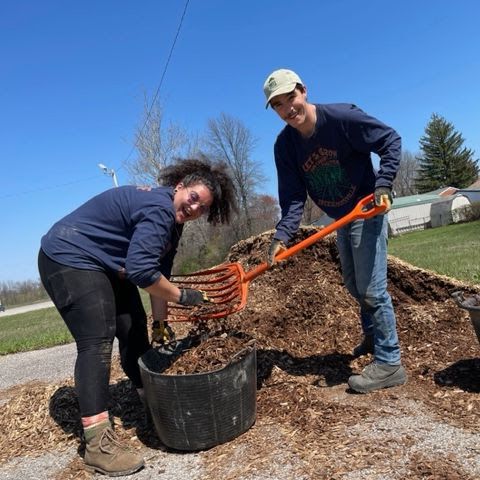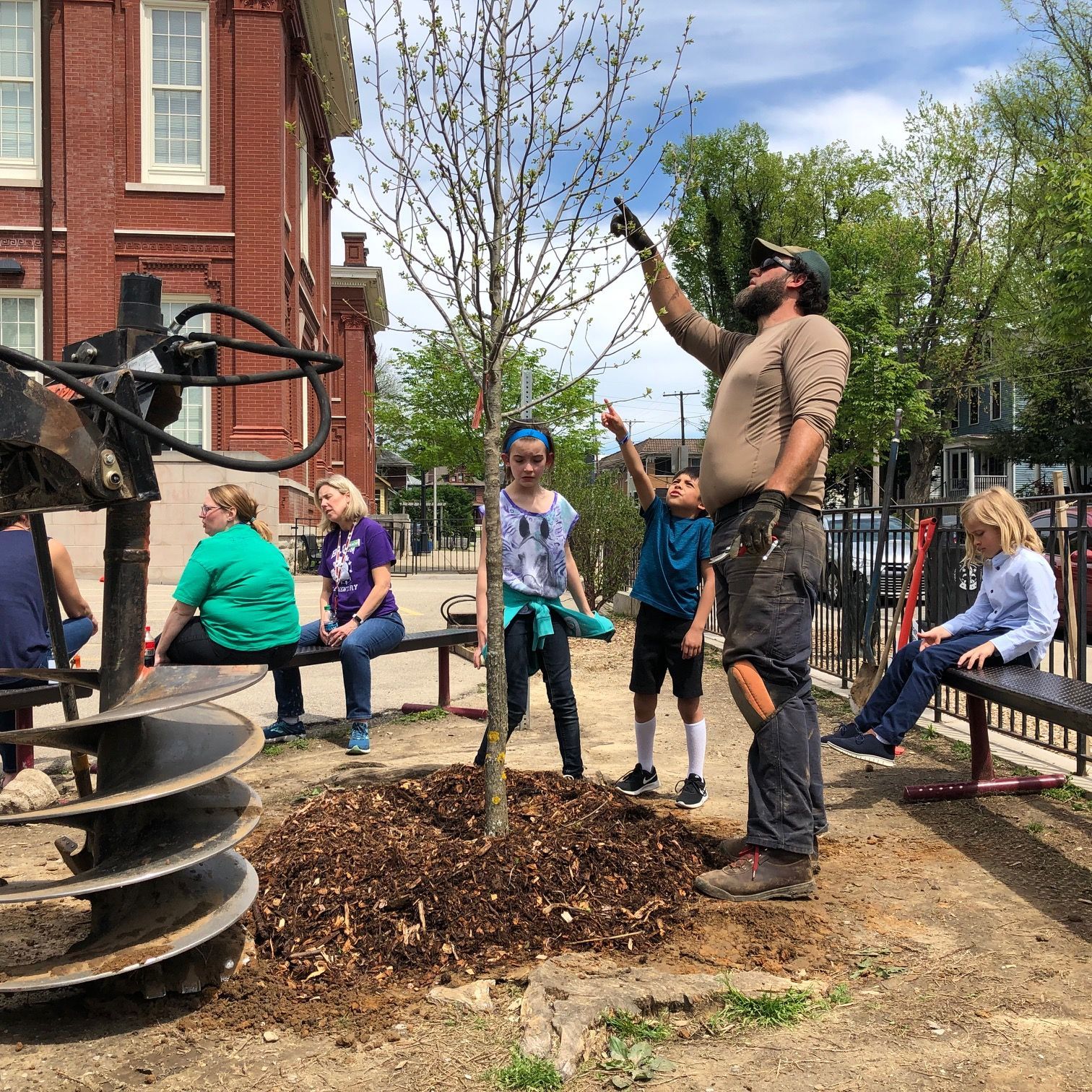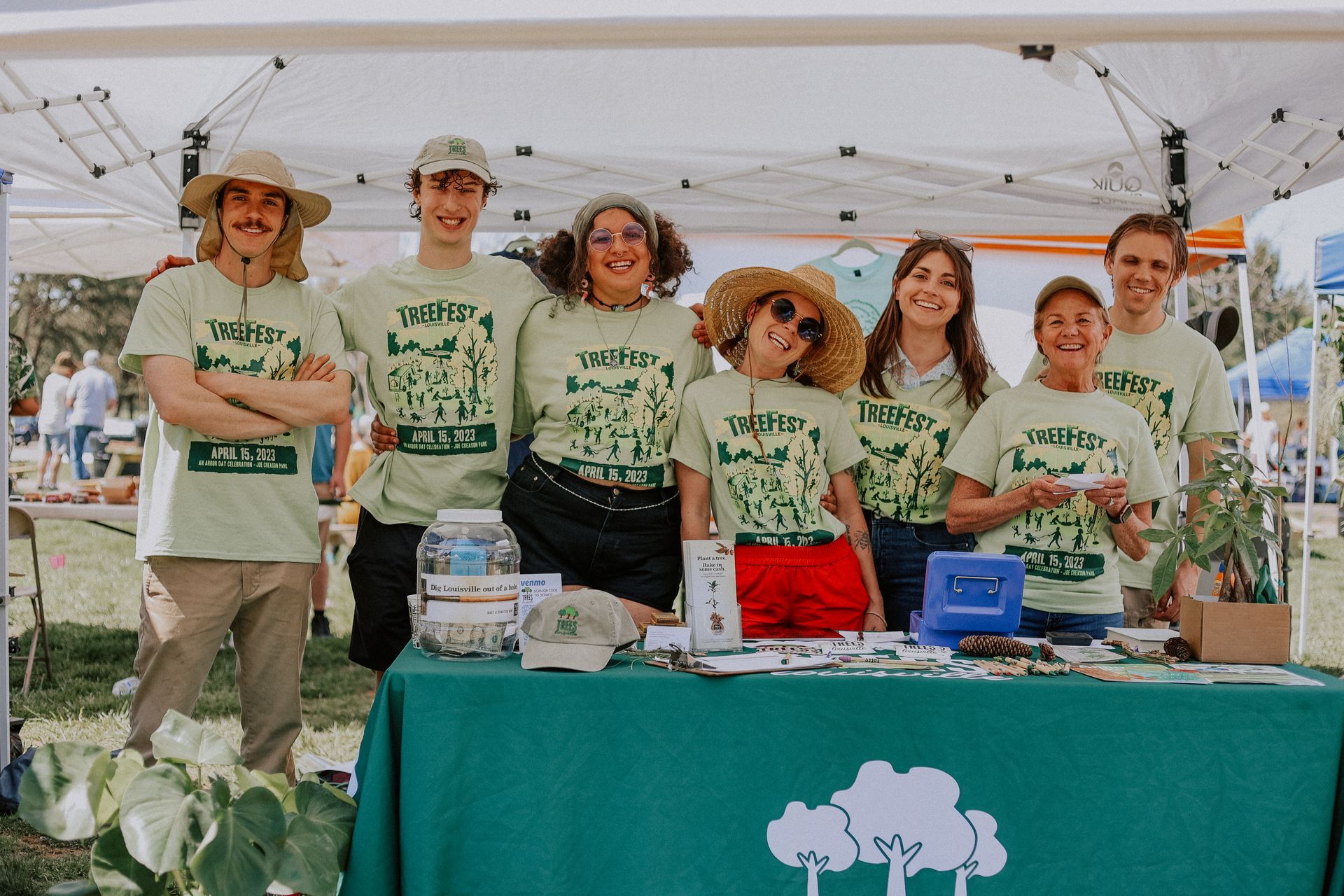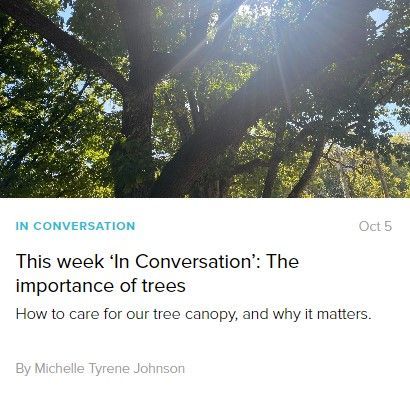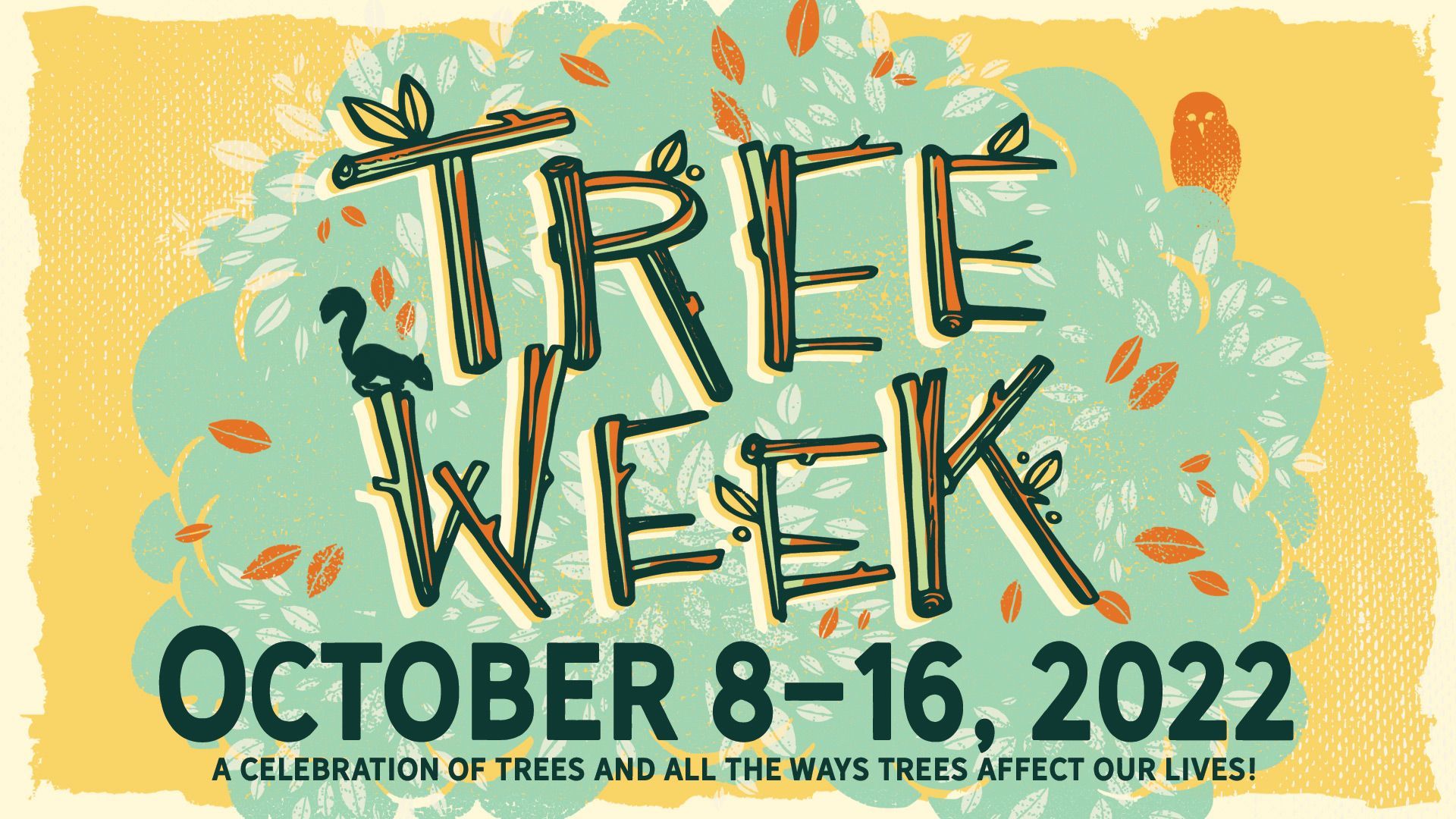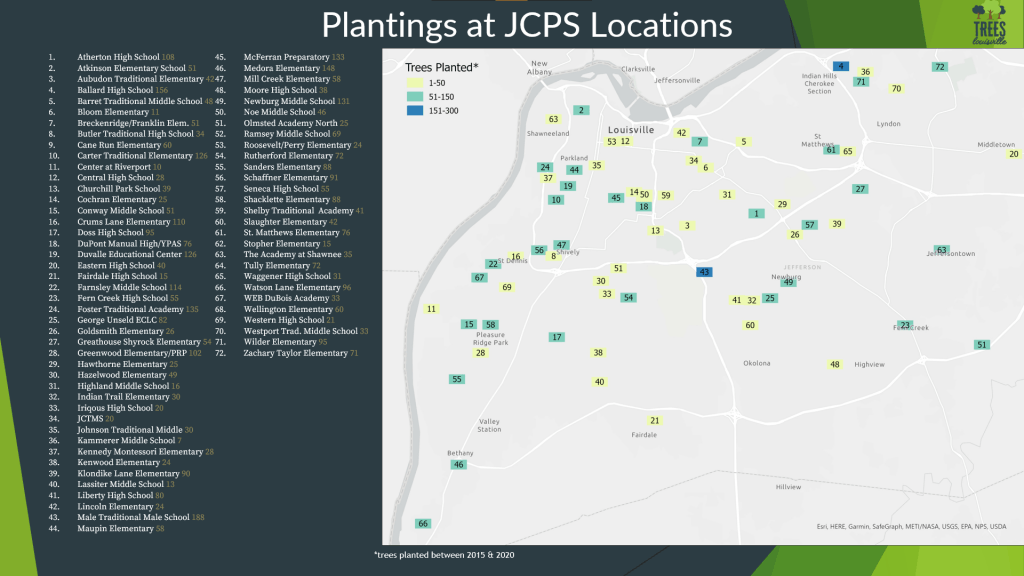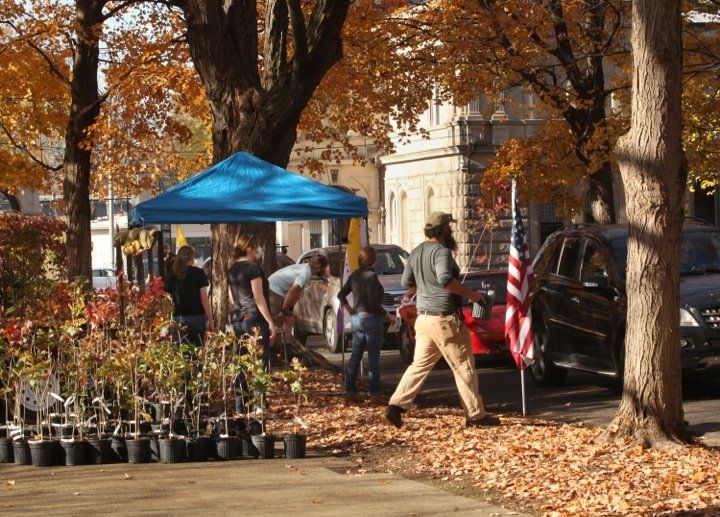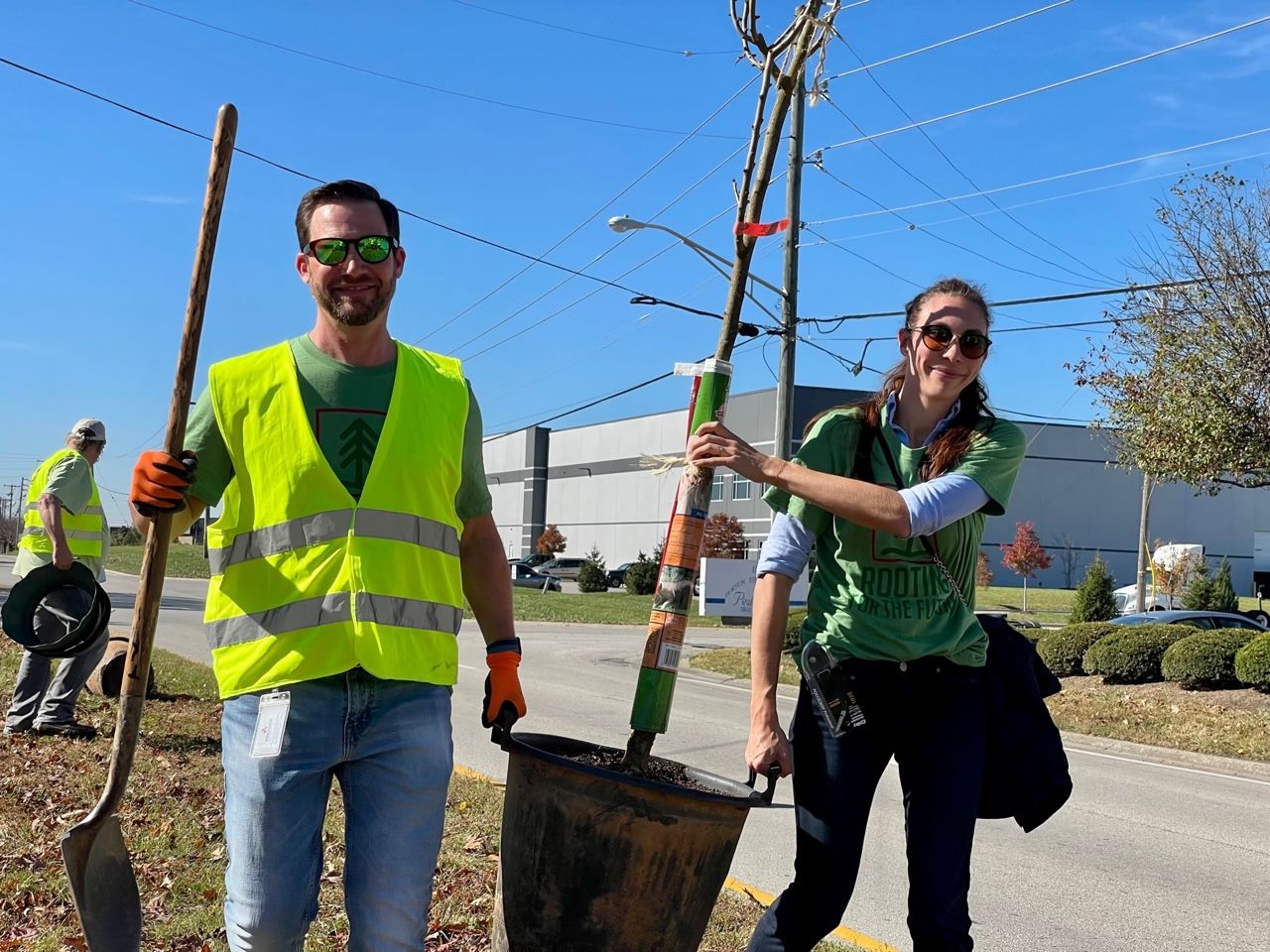Louisville releases new Urban Tree Canopy assessment
The initial Louisville Metro Urban Tree Canopy Assessment that was released in 2015 predicted a steep decline in Louisville Metro’s overall tree canopy. That study documented a loss of the equivalent of 820 acres of tree canopy annually over the study period between 2004 and 2012.
TreesLouisville commissioned the University of Vermont’s Spatial Analysis Lab to do a followup study that reanalyzed the 2012 data and compared it to the 2019 data. The good news is that instead of a steady decline in canopy, we have not just held steady, we have increased our canopy by 1%.
This is great news because it means that the collective efforts of our tree planting partners are working. The combined efforts of Metro Parks and Recreation Divisions of Parks Forestry, Landscape, and Community Forestry, non profit organizations and additional government entities like TreesLouisville, Olmsted Parks Conservancy, 21st Century Parks, Louisville Grows, and the Kentucky Transportation Cabinet are improving our overall tree canopy.
A robust tree canopy has everything to do with the health of our community. Trees provide multiple economic, environmental and social services. They improve air quality, manage stormwater, mitigate the urban heat island effect, support wildlife and sequester carbon. Even more importantly, trees improve neighborhood cohesion, increase property values, reduce crime and improve student performance.
The post Louisville releases new Urban Tree Canopy assessment appeared first on TreesLouisville.
